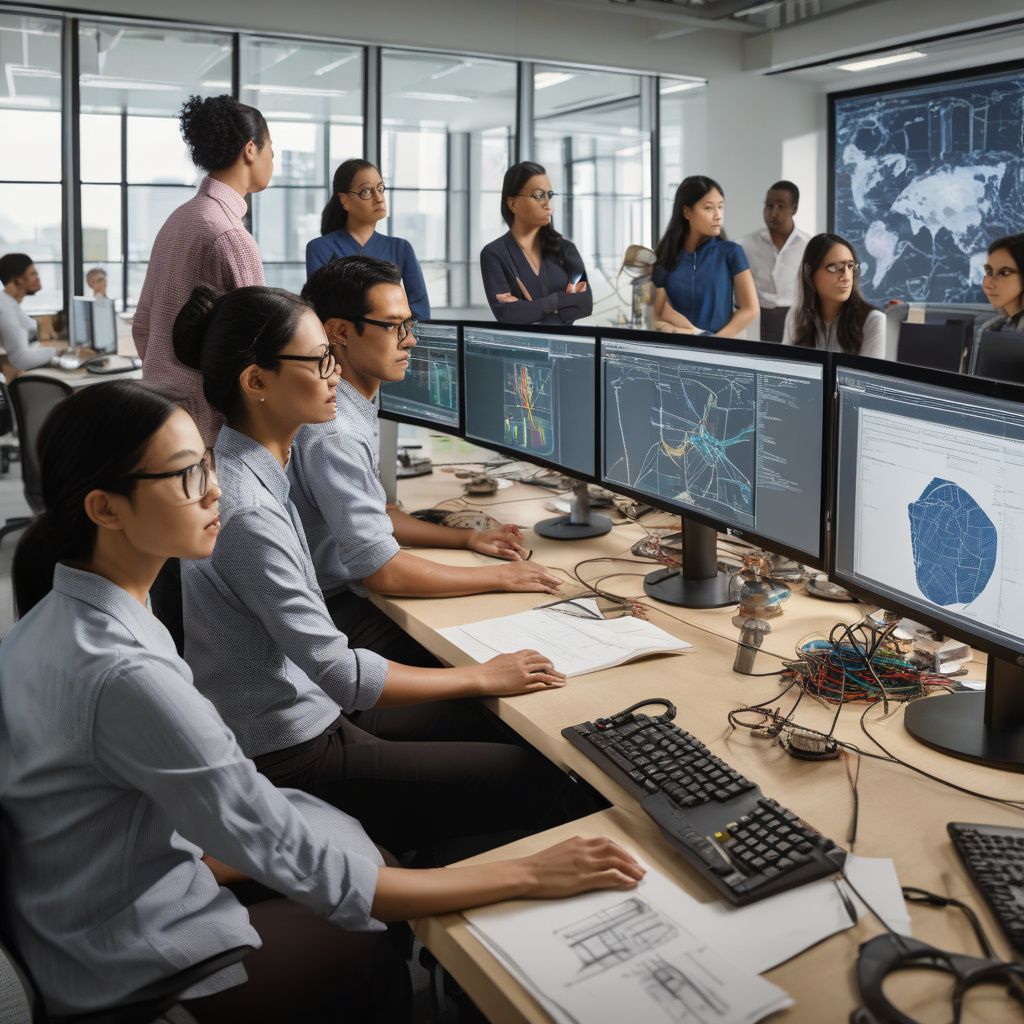In the fast-paced realm of modern IT and software development, the concept of observability has emerged as a pivotal factor in ensuring the smooth operation of systems and applications. Traditionally associated with monitoring tasks handled by operations teams, observability has now transcended its siloed origins to become a shared responsibility among all engineers. This shift underscores a fundamental truth: understanding the inner workings of software systems is no longer just the concern of Ops—it’s a vital aspect of every engineer’s job.
Imagine a scenario where a complex application suddenly experiences a spike in response times or a critical service fails unexpectedly. In such moments of crisis, the ability to quickly pinpoint the root cause of the issue becomes paramount. This is where observability steps in, offering engineers the means to gather data, analyze system behavior, and troubleshoot with precision. By embracing observability as a collective endeavor, engineering teams can proactively identify and address potential issues before they escalate, fostering a culture of resilience and agility.
At its core, observability revolves around three key pillars: logs, metrics, and traces. Logs provide a detailed record of events and actions within a system, offering valuable insights into its operational state. Metrics, on the other hand, offer a high-level overview of system performance through numerical data points. Lastly, traces enable engineers to track the flow of requests across distributed systems, illuminating dependencies and interactions between various components. Together, these pillars form the foundation of a robust observability strategy.
To illustrate the significance of observability in practice, consider a microservices architecture where multiple services interact to deliver a seamless user experience. In such a dynamic environment, traditional monitoring tools may fall short in capturing the intricacies of service dependencies and interactions. By leveraging observability tools like distributed tracing systems, engineers can gain a holistic view of service communication paths, latency issues, and error propagation, empowering them to optimize system performance and reliability.
Furthermore, the rise of cloud-native technologies and DevOps practices has further underscored the importance of observability in modern software development. With applications becoming increasingly distributed and ephemeral, traditional monitoring approaches have become inadequate in capturing the complexity of these environments. By embracing observability as a shared responsibility, engineering teams can bridge the gap between development and operations, fostering a culture of collaboration and continuous improvement.
In conclusion, observability is not just a buzzword or a passing trend—it’s a fundamental shift in how engineers approach system design, monitoring, and troubleshooting. By recognizing observability as a collective responsibility, organizations can empower their engineering teams to build resilient, scalable, and high-performing systems. So, the next time you encounter a system issue or a performance bottleneck, remember that observability is not just Ops’ problem—it’s every engineer’s job.

